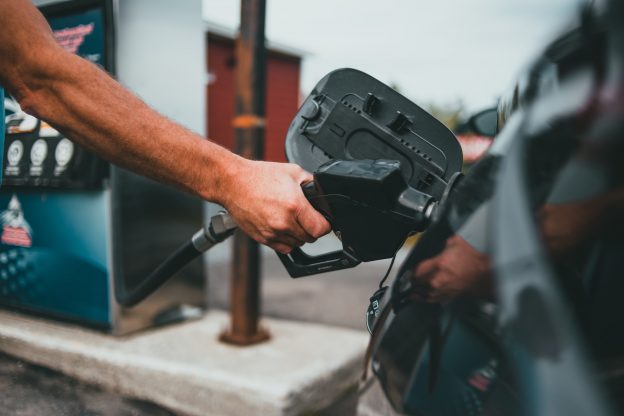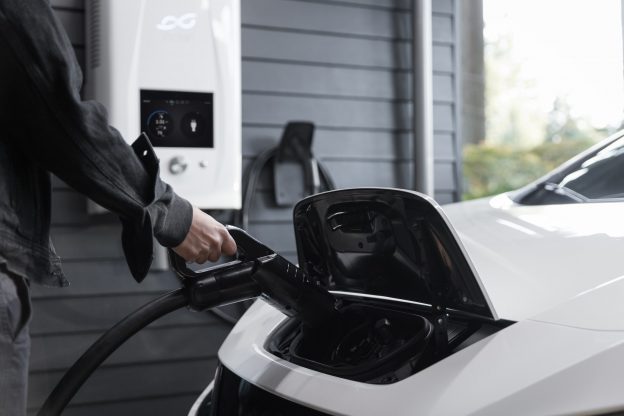Filling up with the wrong fuel is a typical and understandable blunder that many people make. However, it’s not very typical for a diesel fuel pump to be used on a gasoline engine.
The main issue is with the engines’ inner workings. It is a serious flaw with diesel engines that the fuel is also used to lubricate the engine’s moving parts. It works just like a regular gasoline engine, with fuel pouring freely into the diesel engine’s workings. Additionally, petrol’s lack of lubricating properties means it will cause severe harm to the engine if used instead.
What Repercussions Does Incorrect Fueling Have?
Putting the wrong fuel in your automobile, whether it be gasoline in a diesel vehicle or diesel in a gasoline vehicle, can cause expensive damage to your engine. We can think about the following cases:
Putting Diesel into a Gasoline Engine
Misfuelling is less likely to occur since the nozzle on gasoline car tanks is smaller than the nozzle on a diesel dispenser. However, the likelihood of harm is quite low if a petrol car is actually refuelled with diesel. Unlike diesel fuel, which requires spark plugs to be ignited, gasoline can be lit with a simple spark. Diesel can clog spark plugs and the fuel system; thus, a gasoline car shouldn’t be started with diesel in the tank.
Since fuel filters designed for gasoline engines are not designed to handle the oily nature of diesel, they are often the first to fail in diesel vehicles. This will cause the engine to misfire, produce excessive exhaust smoke, and could cause the vehicle to stall.
Putting Petrol in a Diesel Vehicle
In any case, it’s a terrible mistake that could end up severely damaging the engine. Smaller nozzles on gasoline pumps make it more likely that a diesel vehicle will be refuelled with gasoline. Diesel engines, which are different from gasoline engines, work by forcing fuel into the engine’s moving parts at high pressure before igniting it. This is the first sign of trouble. Fuel that has been recycled through the diesel engine’s essential components can be difficult to remove. Diesel’s lubricating quality is crucial to the operation of the fuel injection pump, after all.
Since gasoline isn’t capable of filling that role, the performance suffers. The worst part is that diesel vehicles take a while to show signs of misfuelling, and by the time you realise the error, the vehicle has likely already begun spewing black smoke from the tailpipe and will travel slowly before stopping altogether.
How Can I Get the Wrong Fuel Out of My Car?
It’s crucial to act quickly upon recognising a misfuelling issue. Here are some potential responses to the situations outlined above.
Putting Diesel in a Gas-Powered Vehicle:
-
If You Discover This While Refueling
If diesel makes up less than 5% of your car’s tank capacity, you can refuel with regular gas and continue your trip as planned. Diesel and gasoline blend well, so it shouldn’t be an issue here. However, if you want to make sure there is no contamination in the fuel, you should drain it completely.
-
Only Realising It after a Fuel-up
Everything is still manageable at this point. Never start the engine if the diesel level is higher than 5% of the tank’s capacity. You can have the vehicle towed to the closest repair shop instead. Empty the diesel and flush the tank. After draining and flushing the tank, you can refill it with gasoline and go back on the road.
Filling Gasoline into a Diesel Vehicle:
-
Do Not Start the Vehicle
If you discover that your diesel vehicle has the incorrect gasoline in the tank, do not start the engine under any circumstances. Your automobile is safe to drive as long as petrol is in the tank and the engine is switched off. A competent technician can help you drain the gas tank from your vehicle, so call a tow truck to bring your vehicle to a service station. Diesel can be refilled into the tank after the main fuel line has been cleansed, and an additive to clean the injectors can be added at this time.
-
If You’ve Been behind the Wheel for a While before You Figured It Out
This is perhaps the worst thing that could happen. If you have driven a diesel automobile with gasoline in the tank for an extended period of time, the gasoline is likely to have been distributed throughout the entire engine. Immediately after realising your error, come to a complete stop with the engine turned off and call for roadside assistance or a tow service to transfer your vehicle to the closest factory-authorised repair facility. Hire an expert to fix your car.
Conclusion
Once you realise you’ve put the wrong fuel in your automobile, you need to act quickly. Turning off the engine is the first step, and you shouldn’t bother trying to start it again. Then you need to get in touch with the right experts or a tow truck. Once the vehicle has been towed, have the fuel emptied and the system cleaned by a professional mechanic.
If you follow our advice, your gas-powered vehicle will never break down and cost you a fortune to fix again.
If you are looking for a company that offers gas tank draining services in the UK, look no further than our expertise here at Petrol in Diesel UK. We are a market leading fuel draining company with service units all over the UK. Visit our nearest branch today and let us drain your car of its wrong fuel or diesel in no time.


